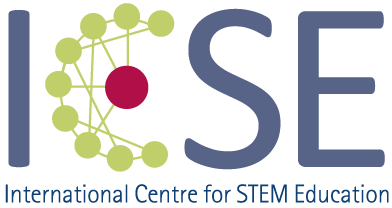
From Escher’s impossible scenarios to the geometric figures that shape graphic poems, many artist have found in math an inexhaustible source to expand their creativity. Thus, the infinity symbol (∞), similar to the Bernoulli’s lemniscate curve, appears in multiple forms in our daily lives. But who was the first to use it in the math field and how did this shape become established to mean infinity?
In fact, the Möbius strip, a non-orientable surface with undistinguished clockwise and counterclockwise turns that is shaped sometimes as the infinity symbol, can be used as a support on which to write surprising poems. Let’s try it!
- Build your Möbius band: If you take a strip of paper and glue the ends together without turning it, you get a cylinder. However, if you turn one of its ends halfway around and glue the two ends together, the object you obtain is a Möbius strip with a single edge and a single face. What would be the length of its face with respect to that of the two circumferences forming the cylinder?
- Write your poem on it: Write a haiku (https://en.wikipedia.org/wiki/Haiku) on one side of a rectangular strip of paper in landscape format. Then, turn the paper on its longer side and write another haiku there. Finally, glue the paper to obtain a Möbius strip where a poem can be read in a different meaning compared to the two previous ones, is it still a haiku?
Read aloud your two haikus separately and ask your classmates to guess their meaning on its Möbian version!
This Worksheet is part of the Quartely Problem Series. For more quartely problems and other classroom materials, click here.
Picture Source: Moebian band- IA generated picture (Microsoft Designer
CC-BY-NC-SA 4.0 licence granted
Content-related competences
